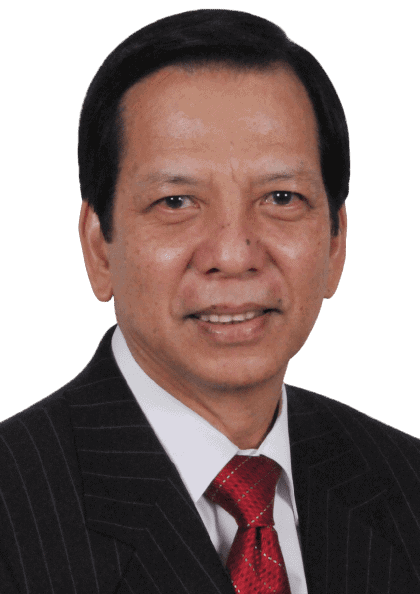Speaking Out
By Ignacio R. Bunye
Every January 9th, the streets of Manila burst into a frenzy of devotion as millions gather for one of the nation’s most iconic religious events: The Traslacion or the Feast of the Black Nazarene. To outsiders, the chaos and fervor might seem unusual, but this annual spectacle is a powerful demonstration of faith and unity among Filipinos.
This celebration revolves around a centuries-old wooden statue of Jesus Christ known as the Black Nazarene, believed to possess miraculous powers to heal and answer prayers. The statue’s distinctive dark appearance, a result of centuries of candle soot exposure, adds to its mystique. Each year, devotees congregate to honor the Black Nazarene, participating in a grand procession through Manila’s streets that can last for hours.
To some, this event may appear as mere chaos and frenzy, with devotees risking injury as they push to get closer to the statue. However, it is far more than that. The Feast of the Black Nazarene is a profound expression of faith and a testament to the enduring power of religion in Filipino society.
The devotion to the Black Nazarene runs deep among Filipinos, representing hope, healing, and salvation. It is a tangible symbol of faith and a source of strength during hardships. This annual procession provides an opportunity for devotees to express gratitude for answered prayers and seek guidance from the divine.
In a society grappling with economic challenges, political instability, and natural disasters, faith remains a source of solace and resilience. The Feast of the Black Nazarene offers Filipinos a space to unite in their shared beliefs, fostering a sense of unity across social and economic boundaries.
This devotion extends beyond a single day, as many visit the statue at Quiapo Church throughout the year, seeking solace and inspiration. The Black Nazarene is a constant presence, a reminder of the enduring power of faith.
Critics may argue that the intense devotion displayed during this feast is excessive or misguided, questioning the wisdom of risking physical harm in the name of religious fervor. However, religious experiences are deeply personal and subjective, and what may seem excessive to some is a profound act of devotion for others.
Moreover, the Feast of the Black Nazarene is not just about individual piety; it is a communal expression of faith. It brings together people from diverse backgrounds, allowing them to connect with something greater than themselves. In a fragmented world, such events remind us of the power of shared beliefs to bridge gaps and foster unity.
This feast also holds historical significance, reflecting the complex interplay of indigenous Filipino spirituality and Spanish Catholicism. When the Spanish colonizers introduced Christianity to the Philippines in the 16th century, they encountered a rich tapestry of indigenous beliefs and practices. The veneration of the Black Nazarene showcases the adaptability and resilience of Filipino spirituality, incorporating Catholicism while preserving its unique character.
In recent years, the Feast of the Black Nazarene has evolved into a platform for social and political commentary. Devotees and activists alike use the occasion to address issues such as poverty, inequality, and human rights abuses. It highlights that faith and social justice can coexist.
Challenges exist, including the strain on the city’s infrastructure and logistical issues caused by the massive crowds. Safety concerns, particularly injuries, are also prevalent. Nevertheless, the government and religious organizations have taken steps to improve crowd management and participant safety.
In conclusion, the Feast of the Black Nazarene is a remarkable celebration of faith and unity in the Philippines. Despite its chaotic appearance, it is a testament to the enduring power of religion in Filipino society. It unites people across boundaries and provides strength during challenging times. It reflects the complex history and spirituality of the Philippines and underscores the potential for shared beliefs to foster unity. As this event continues to evolve, it remains a powerful expression of the Filipino people’s unwavering devotion and resilience.
####






